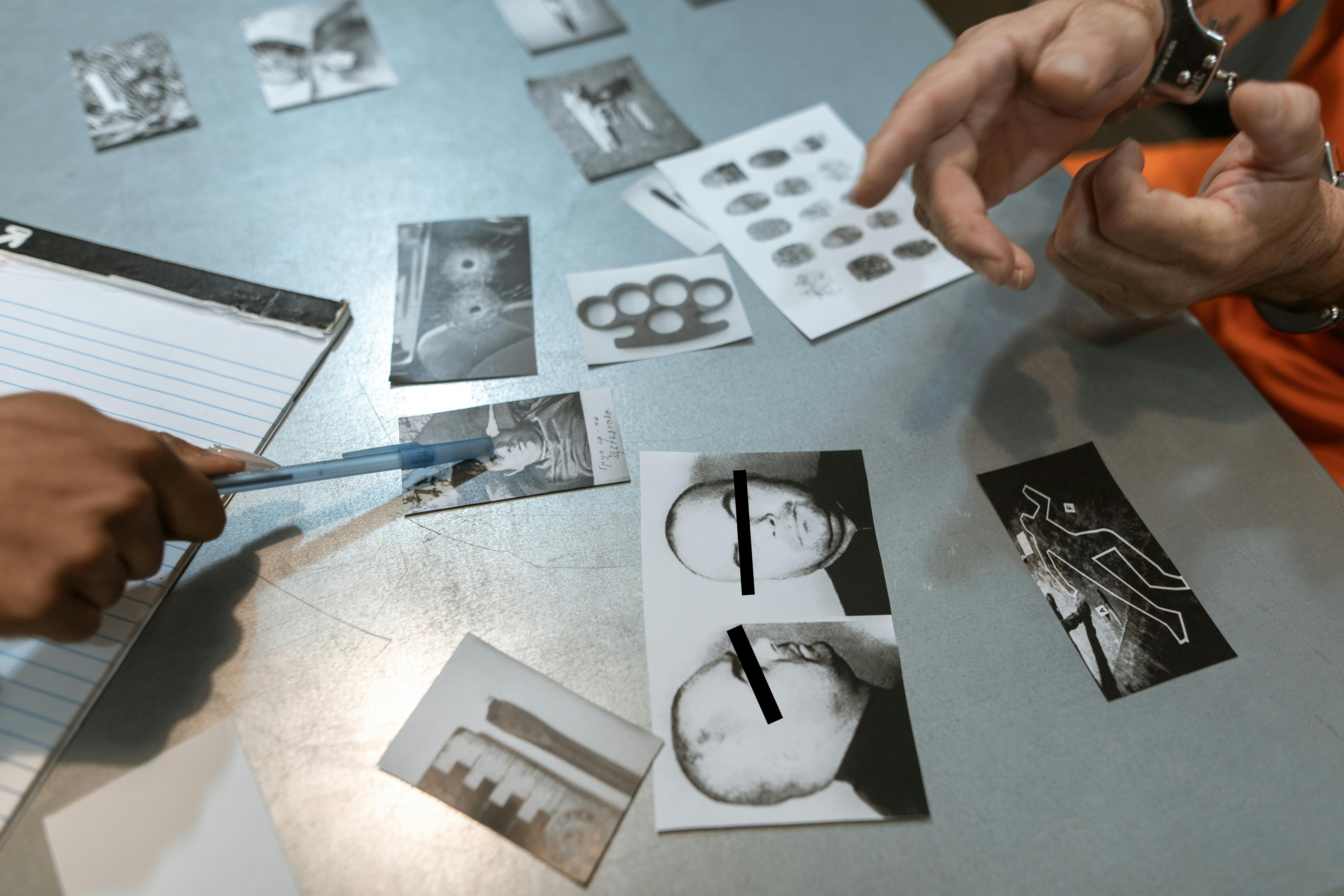Taser C2 – The Compact Civilian Taser Has Finally Arrived
Before the advent of the C2, civilians were limited to purchasing the 34000 series Air Taser, which is larger in size and less ergonomic in shape. The M18 Taser then became commercially available for civilians, as well as the M26 Taser for law enforcement. Both models are larger and resemble the shape of a Glock 17 9mm semi-automatic pistol. These are too bulky to carry concealed; although they do possess higher power ratings of 18 and 26 watts, respectively, compared to the Air Taser which only produces 7 watts.
The C2, however, is small enough to be carried concealed in the form of a handheld phaser from Star Trek: The Next Generation. Fires 2 probes up to 15 feet; although, the ideal distance to your target should be between 5 to 7 feet. The greater the distance, the greater the chance of missing a human target even if you are aiming for the center of mass, the area of the body below the neck and above the hips. The reason for this is that the top needle of the cartridge shoots out in a straight path while the other needle at the bottom shoots out at a slightly lower angle, thus hitting the target with the probes at a distance from each other. This causes the load to be more distributed throughout the body. The cartridge itself, which is disposable after 1 shot, powers the probes with nitrogen, an inert gas. That is why the BATF (Bureau of Alcohol, Tobacco and Firearms) does not classify Tasers as firearms.
Since the producers of the Taser do not disclose the power rating of the C2, I would assume that its power output is between 7 and 12 watts, enough to incapacitate a human approximately 86% to 92% of the time. According to the Smith brothers, the founders of the Taser, the C2’s stopping power is greater than a typical shot from a .38 or 9mm caliber handgun. This device has a lower non-lethal loading dose than the M18, M26, X26 and X29 Tasers as it produces less energy. However, the Taser family is a non-lethal or “less than lethal” type of device, as researched and tested by engineers who published their findings in the IEEE (Institute of Electrical and Electronics Engineers) journal approximately 6 to 9 months ago. . . Contrary to what “ambulance chaser” lawyers claim, the effects of Tasers alone cannot kill a person. What distinguishes Tasers from stun guns is that Tasers emit “T waves” or a charge that has a frequency similar to that of the human body’s nervous system. This effect overwhelms the nervous system, thus paralyzing the subject for approximately 2 to 15 minutes. In contrast, the charge from stun guns overwhelms muscle groups, numbing only part of the body for less time.
C2, as in all Taser models, also has its limitations. First, it is an electronic device that is prone to failure. However, I have yet to see a malfunctioning Taser. If it works the first time, it should work reliably every time. Second, the probes have to penetrate the skin to be effective. If a human target wears more than 2 inches of clothing or wears loose clothing, the needles may not come in contact with the skin to work. That scenario occurred last year in a reservation area where my co-worker used an M26 on a female combat suspect in baggy clothing to no effect; she simply stood up as she was electrocuted. Third, she has limited firepower, as she can only install a disposable cartridge one at a time, which could limit her options if facing multiple opponents. But, you can use any Taser as a stun gun after the cartridge is spent.
Weighing the pros and cons of wearing a C2, it’s better to have one than not to have one. The Taser puts distance between you and the perpetrator, especially if he or she is armed. A stun gun would be of little to no use in that situation. Also, the paralyzing effect is instantaneous, unlike pepper spray which takes several seconds to take effect. If you can’t legally carry a firearm for protection, the C2 is probably the best alternative as long as you have a backup weapon, such as a stun gun, pepper spray, or knife, in case you miss. A good rule of thumb is to never rely on any one computer to function every time. For good measure, always have a contingency plan!
